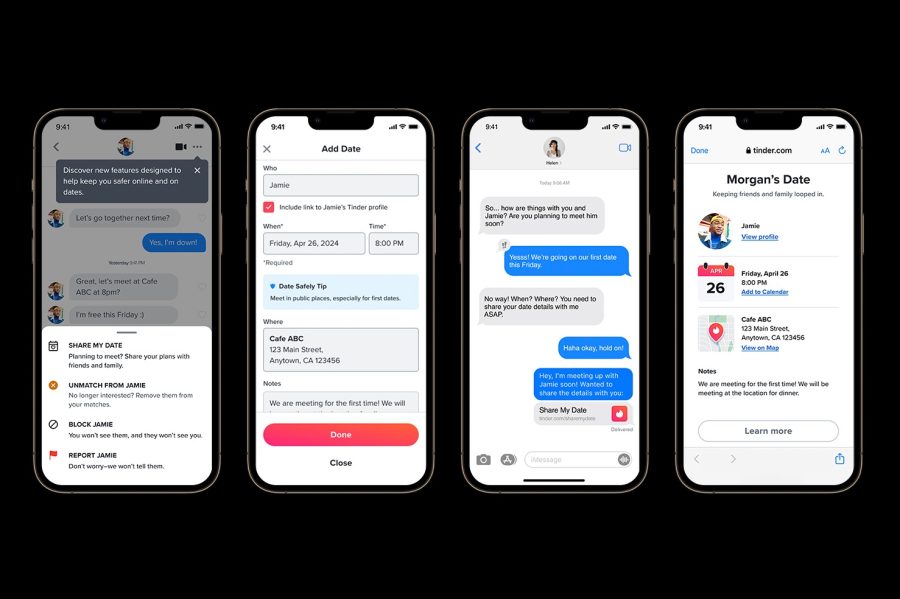Over the past several years, programming has gone on from being a niche industry for the nerdiest nerds to one of the most sought-after professions in the world. Even for non-tech businesses, software applications have become critical growth drivers, and programmers are vital in building exciting tech solutions with cross-sector implementation.
However, doing this is not all fun. Programmers have had it rough, from requirements volatility to cybersecurity threats and other operational challenges. Not to mention the threats to work collaboration, mainly due to the pandemic.
It is not all bleak, though. There are several opportunities to be explored, and considering the fast pace of innovation these days, it’s fair to say we have barely scratched the surface of our capabilities.
Tech for Programmers in 2022 — Ready, Set, Go
In this article, I reflect upon the gains that programmers made throughout the year 2021 and the challenging moments. However, the real meat lies in what these productive grinds will indicate about the future: what skills will be in demand, the most innovative work models to apply, and what technologies will enable the next wave of transformation.
1. The Good
- Digital Collaboration
We’re working in an increasingly remote world, seeing how their need for digital collaboration rises. As businesses continue to expand and grow globally, more and more organizations are looking at becoming more agile and adaptable by allowing developers to work remotely while powering up collaborative software engineering.
Today’s digital economy is built on collaboration and co-creation. The cross-pollination between teams, especially across geographical boundaries, has helped companies to grow and scale rapidly. However, with an increasingly mobile workforce, developments in communications and collaboration tools, and the rise of remote work, organizations try to keep up with the demands of digital transformation and face a new set of opportunities.
- Increased Skills Demand
Software engineers, who have long been considered the most sought-after talent in the tech industry, are now poised to gain even more critical as businesses look to recruit more of them.
This increased demand for programming skills comes as a result of an increasingly digitally connected world. Granted, the tech industry has always been competitive. Still, the race to attract the best engineers is only becoming more intense as businesses scramble to meet up with the increased need for digital experiences.
Today, software development is an integral part of all businesses and organizations — and that’s not likely to change anytime soon. This is a significant shift from previous years when companies were more concerned with prioritizing their IT investments around maintaining legacy systems and keeping up with the latest technology.
The focus is much more on creating new products and services to meet evolving customer demands, which has never been easier since the advent of digital technology.
2. The Bad
- Cybersecurity Risks
Software development is increasingly embracing agile practices, but security risks are not being adequately addressed.
Developers must be aware of the risks they face in all phases of the software development lifecycle, from planning to deployment and subsequent maintenance. Ideally, developers should know all the ways their applications could be attacked. Developers should also know what to do when security problems are found in an application.
However, there is some hope in the growing awareness that security can no longer be considered a secondary aspect of software development and needs to be addressed from the initial design phase.
- Data Privacy
Even as the past few years have seen increased public awareness of the importance of software security, one crucial aspect is often neglected: data privacy. Software development processes should have evolved beyond relegating data privacy to afterthoughts.
But sadly, this is not so, at least, for most organizations. In practice, many teams treat privacy as a project or feature rather than something baked into the fabric of the code.
We see this in the way engineers are incentivized to build products that people will use and buy without necessarily protecting them from harm. Yet, not only is privacy critical to ensuring that users’ data is safe on the system, but it is also critical to developing systems that are resilient against changes in their environment.
3. The Ugly
- Organisational Culture Changes
There is no denying that tech innovation’s pace is faster than ever. While this is undoubtedly a welcome development, it poses a new challenge: developers have to keep up with sharp changes or risk falling out of tune with current events. One significant change we have witnessed in the past year is how organizations work. And organizational culture is pervasive.
Many companies have had to tweak their processes to accommodate the burdensome demands occasioned by the persistence of the pandemic. In most organizations, developers themselves are not part of the evolution of initiatives; there are only two choices, to fall in or out. Yet, to see actual change, stakeholders in development teams (and not just the CEO) must be carried along through initiatives that change how they work, such as switching from Agile to DevOps, for instance.
- Apps Cross-Platform Functionality
For users, cross-platform functionality is an absolute blessing; but for developers, building a cross-platform application can be a nightmare. Maintaining precise consistency across multiple channels with varying features is challenging, resulting in serious compatibility issues and lower performance.
Yet, cross-platform development has become an expected and more manageable approach to development today. In any case, developers have to find efficient workarounds. After all, cross-platform development happens faster than native development, even though the latter enables building richer features for each platform.
Despite the prominence of cross-platform frameworks such as Flutter and React Native, it does not seem that the product management debate between cross-platform and native app development would end soon.
Conclusion
In the last few years, we have seen a massive shift in how software is being built and managed. At the same time, there is no doubt that the pace of change is accelerating. As a result, we witness that this space has been highly dynamic and offers plenty of opportunities despite the apparent challenges.
Tomorrow’s software will be built to benefit from the lessons learned over the past year. It will offer even more opportunities for developers to work in new, more intelligent, and user-friendly ways. The future is not a threat; it is an opportunity.
Image Credit: Fotis-Fotopoulous; Unsplash; Thank you!










